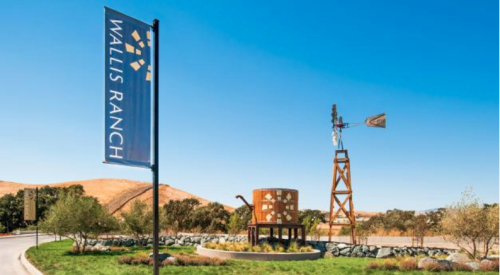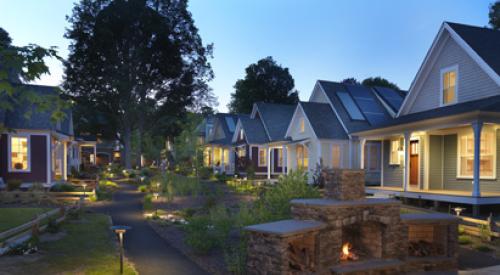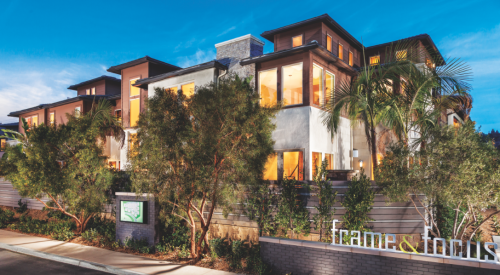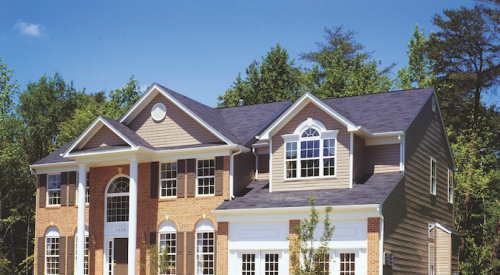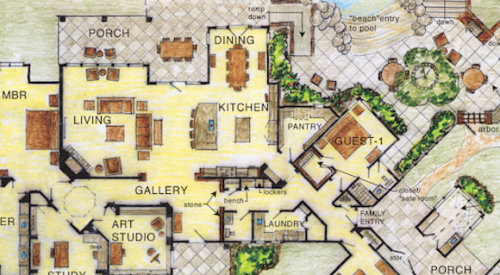 |
|||||||||||||||||||||||||
|
While now considered elementary in it home designs and layout, Levittown broke ground by offering many post WWII working families a first chance at home ownership.
|
|||||||||||||||||||||||||
|
|
|||||||||||||||||||||||||
Perhaps one of the most broadly discussed, energetically copied and roundly criticized master-planned communities is the now legendary Levittown, New York. The approximately seven square mile project of Levitt & Sons offered a choice for many blue-collar and entry level professionals that simply hadn't existed before: a completely new community designed to fulfill their every need as families and as neighbors. We can look at the now dated neighborhood and home designs from a contemporary perspective with amusement or even disdain. But that misses the point. At that time, in those circumstances, with the war and depression still fresh in the national intellect, this offered the average man and his family a place to own and live that they couldn't have dreamed of a few years earlier.
This illustrates a common theme within our community building experience: understanding the lessons from our examples demands an appreciation for the context in which they took shape. Each one is its own classroom and each one taught valuable lessons. We are the beneficiaries of those realities and will continue to be.
Levittown didn't offer great variety; it served a relatively narrow spectrum of home buyers. What it did, though, was to stimulate the hope in many other communities that the American Dream—a home of one's own in a neighborhood that worked—was actually possible. This precedent, once established in the American psyche, can't be overstated.
The fully equipped, modern kitchens, picture windows, sliding glass doors and patios look pretty basic by today's standards. But so did the cars we drove, the entertainment media we watched and the devices we used for communication.
Few people in those days thought about what would happen if we built the equivalent of 50 or 100 or 1,000 Levittowns in a single region. Those few that tried got it mostly wrong. But a few really did try, as we shall see a little later in our jaunt through the past.
